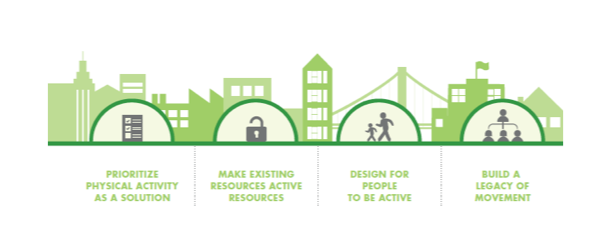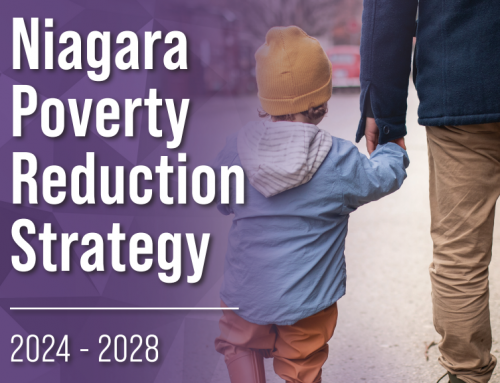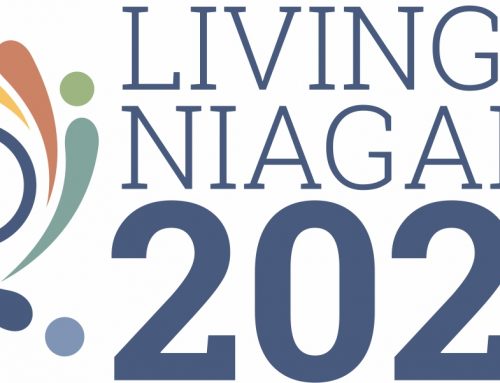A city’s ability to compete depends on an active population. The research is clear on this. Integrating physical activity into the places we work, live, learn, travel and play is the only way to ensure we move enough to thrive.
Physical inactivity is bankrupting economies at the national level but it is felt most acutely by the world’s cities – often through negative impacts on the health of people, economies and the environment. This is bad news for cities and their citizens. The good news is there’s a solution.
Our bodies are designed to move. Our cities should be too.
Higher levels of physical activity are associated with positive outcomes for most of the things that matter to city leaders. When people move more, crime, pollution and traffic go down. Productivity, school performance, property values, health and well-being improve drastically.
Cities that make physical activity a priority, converts existing spaces into active spaces, and design environments for people to be active will create a legacy of physical activity. These active cities will be better off by almost every possible measure.
The purpose of this guide is to provide a blueprint for creating active cities, whatever their size and wherever in the world they may be.
Published By: Designed to Move
Publication Date: 2015








